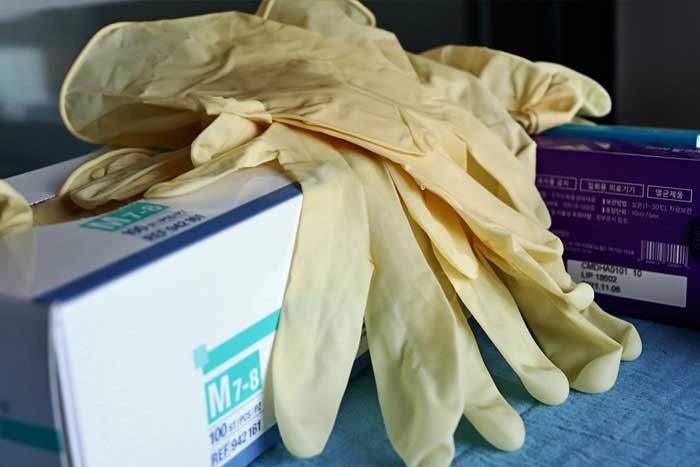Since the very beginning of the COVID-19 pandemic, health care providers across the globe have been frantically trying to access critical medical supplies, such as masks and ventilators. Unfortunately, on top of the general supply shortages driving up costs, it quickly became clear that different standards were acting as barriers to purchasing medical products across borders.

For example, a masked regulated and labeled as an N-95 in the United States is approximately the same as an FFP2 in Europe and a KN-96 in China – but while these items might be functionally equivalent, medical system regulations meant they weren’t actually interchangeable. What could medical systems do?
In need of clearer regulatory match-ups and cross-border support, Europe’s standardization bodies, CEN and CENELEC, agreed to make their medical supply standards available for free in order to support supply line recovery. This is helpful to both EU and outside countries because it makes it easier for everyone involved to cross-reference standards and determine whether an item is suitable for use.
Standardization Structures
As important as masks have been to stop the spread of COVID-19, it’s important to note they are likely the easiest type of medical equipment to compare across systems. More complicated and even harder to the source, however, are items like ventilators, many of which have been quickly manufactured using new technology and under various regulatory exemptions. These deeply technical, sensitive machines need to be carefully evaluated for both function and compatibility with other equipment, and that’s why standardization documents are so important, particularly those developed by CENELEC.
CENELEC is the European Committee for Electrotechnical Standardization, and the group provides a wide variety of guidelines that serve to cut compliance costs, assist in opening new markets, and – as made evident during recent events – facilitate trade between countries. They’re highly detailed and offer key insights into the technical workings of different machinery. When you need sensitive equipment, like ventilators and other medical technology, to work together, you need to know they meet a consistent set of standards.
A Need For Speed
Under more ordinary circumstances, CENELEC would not have released their guidelines for free, and much larger, industrialized countries wouldn’t have been especially interested in using them, particularly not for medical products. This is just the nature of the industry, which is deeply nationalized and competitive. Take, for example, the separate regulatory agencies that oversee new medications in the United States, Canada, and Europe. It’s very common for a medication to be available in one or two of those regions and not another, even if standards are essentially similar; the same can be said of medical equipment and devices.
The difficulties brought about by COVID-19 may have reshaped the medical device industry and demonstrated the abilities of different regions to work together to efficiently serve a larger population than they could alone, but don’t expect these changes to last. As with so many other compromises and modifications that come with an emergency, the high-speed, collaborative medical manufacturing process is likely to be time-bound, as evidenced by the global race to find a vaccine. CENELEC’s efforts to meet global medical need during the pandemic was generous and humanitarian, but it was also unusual, the result of disease rather than ordinary diplomacy.
